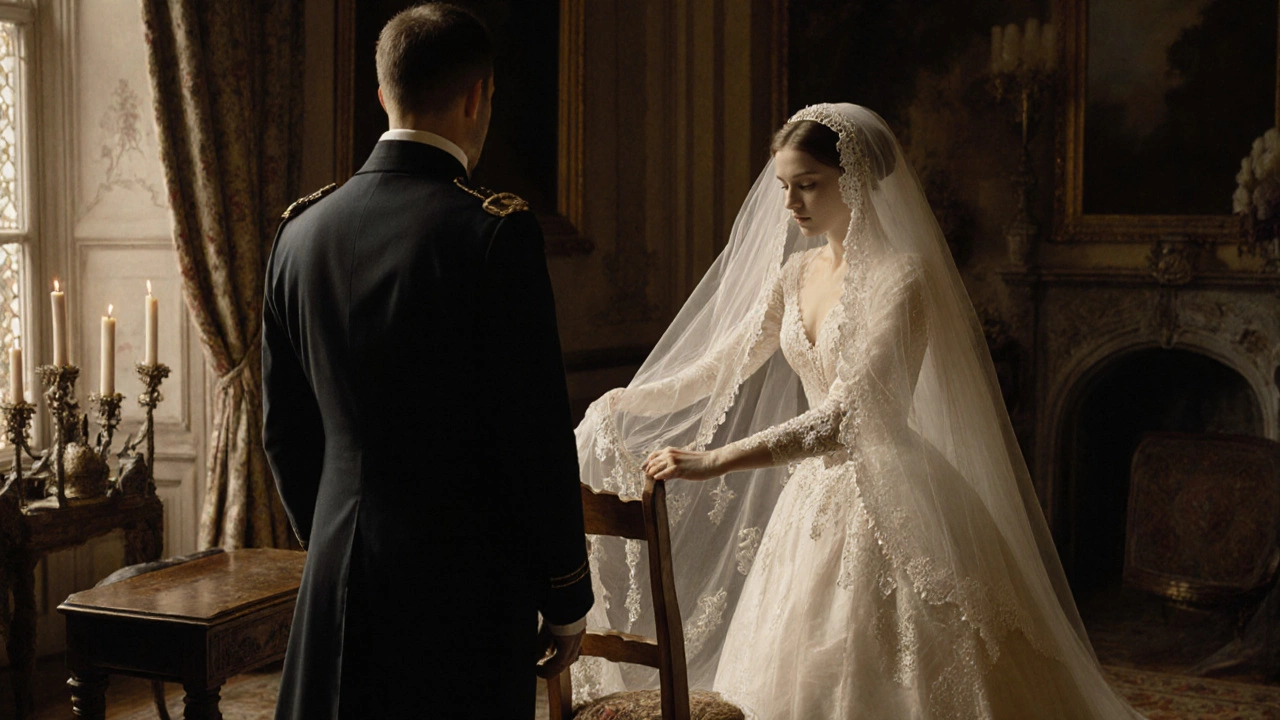Wedding Dress Tradition: From Past to Present
Ever wondered why most brides end up in white, lace, or a long train? Those choices aren’t random – they’re the result of centuries‑old customs that have morphed to fit today’s taste. Knowing the roots helps you decide which bits you love, which you can skip, and how to make the gown truly yours.
Key Traditions That Still Influence Modern Gowns
First up, the color white. Queen Victoria wore a white silk dress in 1840 to hide the fact that she bought it off the rack. The public loved the look, and white became the symbol of purity and new beginnings. That’s why most Western weddings still feature white or ivory.
Next, the veil. In ancient Rome, veils shielded the bride from evil spirits. In medieval Europe, they showed the bride’s modesty. Today, a veil can be a dramatic statement or a subtle mesh that adds texture without screaming “old‑school.”
Then there’s the train. Historically, a long train displayed a family’s wealth – the longer, the richer. Modern designers keep the train for that fairy‑tale feel, but many brides trim it down or replace it with a detachable extension for easier dancing.
Finally, lace. Originating from hand‑stitched patterns that signified elite status, lace now signals romance and craftsmanship. You can pick a full‑lace bodice, a lace overlay, or just a few delicate appliqués for a nod to tradition without going overboard.
How to Add a Personal Twist While Honoring Tradition
Start with the silhouette you love – A‑line, mermaid, or ball gown – then think about which traditional elements feel right. Want a white dress but love color? Add a blush sash or a silk belt. It keeps the classic look while injecting your personality.
If you’re not a fan of a heavy veil, try a sheer cape or a small bird‑cage veil that offers the historic vibe without the drama. For the train, consider a detachable overskirt that can be removed for the reception. You get the visual impact for photos and the freedom to move on the dance floor.
Mix fabrics to balance tradition and modernity. Pair a vintage lace bodice with a sleek satin skirt – the lace whispers history, the satin screams contemporary elegance.
Don’t forget accessories. A heirloom brooch, a family‑owned piece of jewelry, or a modern statement necklace can sit alongside a traditional veil or bouquet, creating a story that spans generations.
When you’re shopping, ask the designer how they can incorporate these historic touches. Most couture houses love a challenge and can customize details like hand‑stitched embroidery that mirrors a family pattern or a discreet pop of color inside the hem.
Bottom line: traditions give you a solid foundation, but your dress should still feel like you. Use the classic elements as a canvas and paint your own style on top. That way, when you walk down the aisle, you’re honoring the past while celebrating your unique love story.

- Sep, 28 2025
- Comments 0